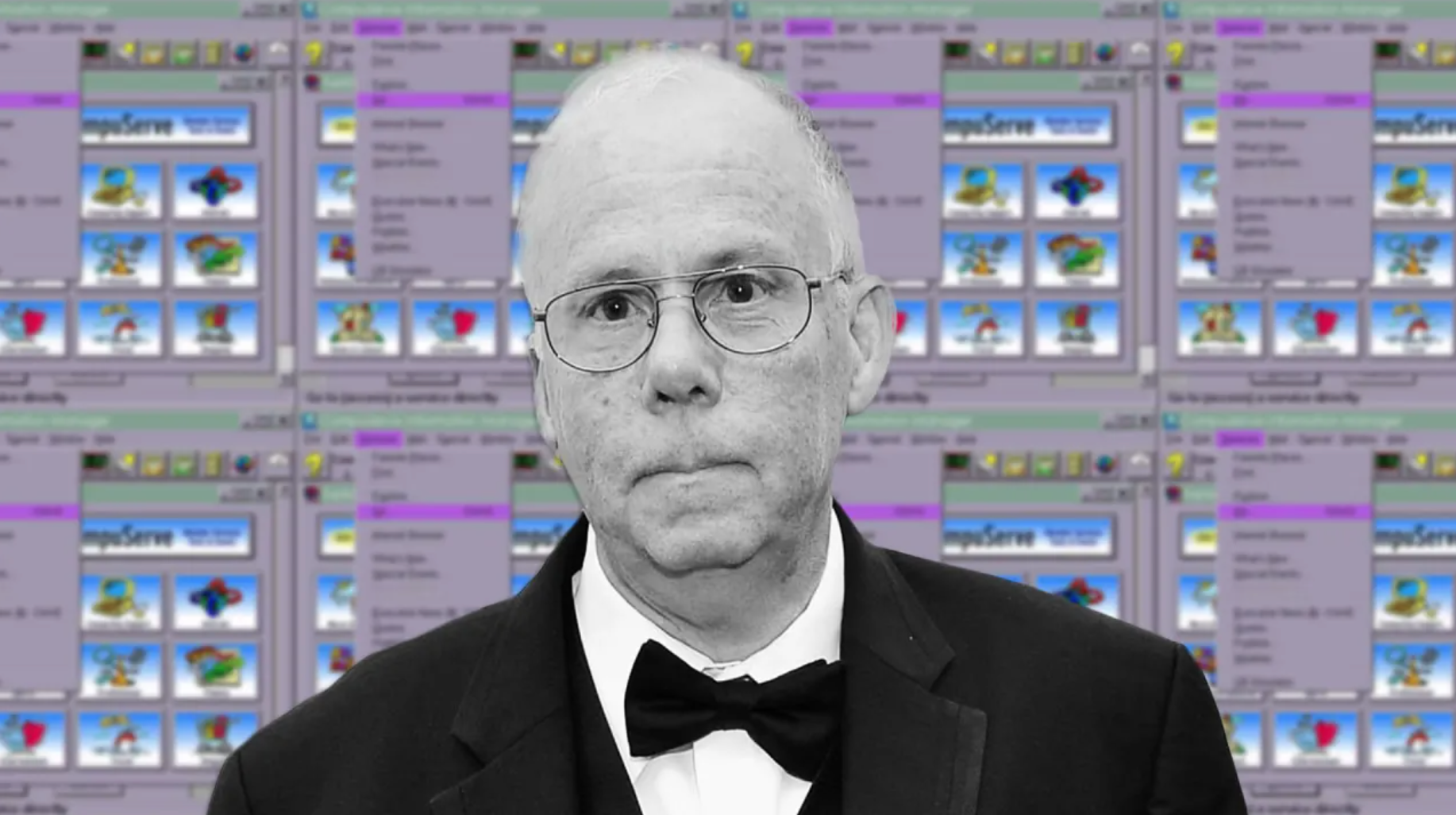Unveiling the Creator: Who Invented the GIF?
By Johnny
Published July 5, 2023
 Unveiling the Creator: Who Invented the GIF?
Unveiling the Creator: Who Invented the GIF?
GIFs have become an integral part of our digital lives, serving as a beloved medium for conveying emotions, sharing humor, and capturing moments in a visually engaging way. But have you ever wondered who is responsible for the creation of this ubiquitous format?
In this article, we delve into the origins of the GIF, tracing its roots back to its inception and uncovering the visionary behind its creation. So, let's embark on a journey to discover the brilliant mind behind the GIF phenomenon.
The Birth of the GIF
The Graphics Interchange Format, known as GIF, emerged in the digital landscape during the early 1980s. To understand the creation of the GIF, we need to explore the technological landscape of the time.
The first GIF
In 1987, the first-ever GIF was introduced by a team at CompuServe, a leading online service provider at the time. CompuServe developed the GIF format as a means of efficiently compressing images for online use. This pioneering achievement paved the way for the widespread adoption and popularity of the GIF format.
Who created the GIF
The primary credit for creating the GIF format goes to a team of engineers led by Steve Wilhite. Wilhite, along with his colleagues at CompuServe, including Charles "Chuck" P. Bean, developed and standardized the GIF format to enable the efficient exchange of images across computer networks.
The GIF's Evolution
While the initial purpose of the GIF format was to compress images, its animation capabilities soon became apparent, captivating users and propelling the format's popularity.
Animation capabilities
One of the defining features of the GIF format is its ability to support animation by combining multiple images into a sequence. This discovery led to the creation of animated GIFs, which quickly gained traction as a unique and engaging way to convey short loops of motion.
Widespread adoption
Throughout the 1990s and early 2000s, GIFs gained immense popularity on the internet, becoming an integral part of web culture. They were used for everything from expressing emotions and reactions to creating mesmerizing visual effects.
Cultural significance
Over time, GIFs evolved from simple animations to an art form of their own. The format's charm lies in its ability to capture moments, convey humor, and serve as cultural references in a concise and visually impactful manner.
Conclusion
The GIF format has forever transformed the way we communicate and express ourselves online. Its invention can be attributed to a team of engineers led by Steve Wilhite, who introduced the GIF format while working at CompuServe in 1987. Since then, GIFs have evolved from a compression method to a beloved and culturally significant medium of communication.
Today, GIFs continue to thrive, capturing our attention and injecting life into our digital interactions. Whether it's sharing a reaction, conveying an emotion, or showcasing a captivating moment, GIFs have become an integral part of our online language.
So, the next time you enjoy a mesmerizing GIF or find yourself expressing through a looped animation, take a moment to appreciate the visionary minds behind its creation. Thanks to their ingenuity, we have been granted the power to communicate and connect in a visual language that transcends words.